The Fela Kuti New Afrika Shrine is a reservoir, not only of the photo galleries and props from Fela Kuti‘s legendary music career but also of culture, fashion and lifestyle relics from the 70s – the 90s.
The new open-air entertainment centre which currently serves as the host location of the annual Felabration music festival was built as a replacement to the old Afrika Shrine created in 1970 by Fela until it was burnt down in 1977. It was his own space to express himself and pay homage to his ancestors through music.
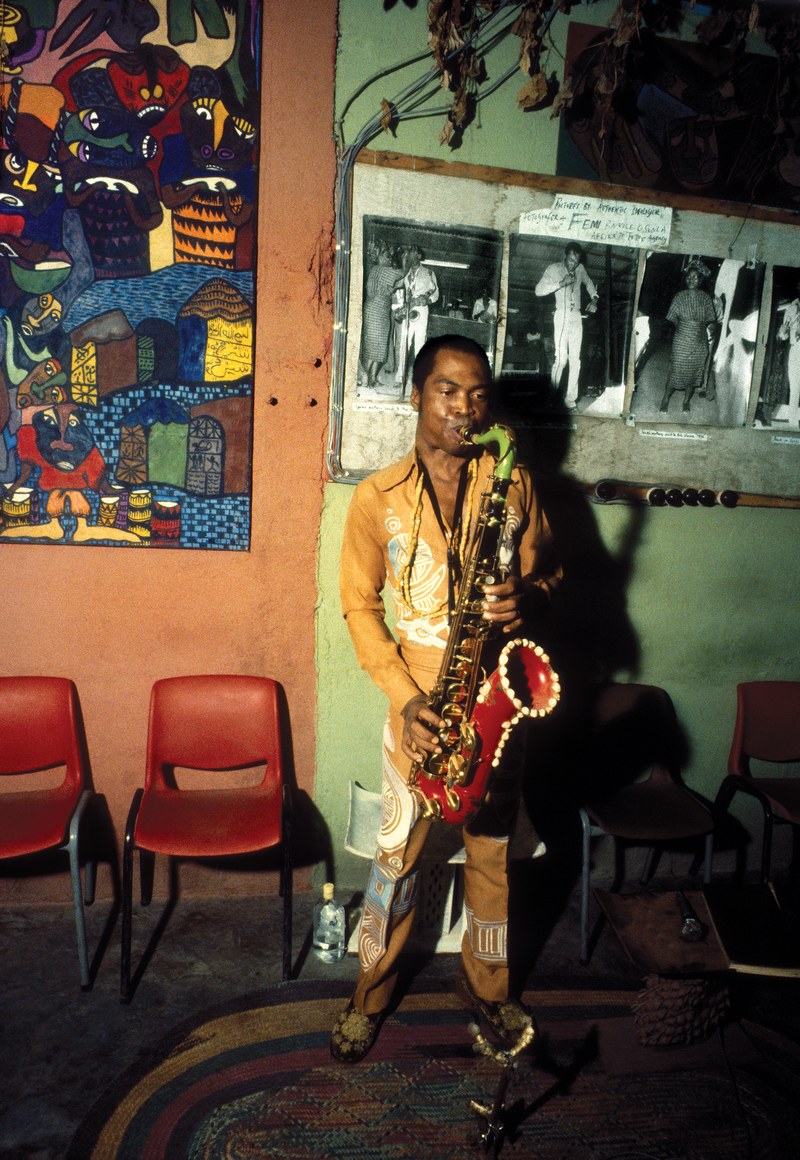
Since his death in 1997, the shrine has become a tourist attraction showcasing the photo galleries of Fela and occasional music performances by his sons Femi and Seun Kuti. It is the curiosity of this revered space that made the GQ team take a pilgrimage to the shrine in the heart of Lagos, talking to Femi Kuti who revealed more about his father, their family legacy and the birth of the shrine which inspired GQ’s fashion story.
According to Femi:
When my father built the original Shrine, he was tricked into believing he owned the land around it, but it was actually on a lease. So when he died, we couldn’t claim it. At some point, we could not continue fighting. We let it go. Then in 2000, when we made some money from licensing his back catalog, my mother and my sister and I decided to build the New Afrika Shrine in his honor and to take it a step further and make it a place where we honor people like Martin Luther King, Malcolm X, Lumumba, Thomas Sankara… all the great Africans who fought for emancipation. Some names we don’t even know—Africans who have suffered at the hands of slavery and wickedness—but we still pay homage.
Fela’s signature style; wide leg pants made with Adire fabrics and more often than not paired with a bare shirtless chest was what he used for both local and international performances; promoting the Buy Nigerian trend way before the hashtags.
Loyal Fela lovers 20 years later; including a young generation who likely listened to Fela from their parents’ stereos, still imitate his styles with matching ankara sets and go to the shrine regularly to enjoy good music, suya and a fun night out at the shrine. “The whole community depends on the Shrine. Everybody’s making money off the Shrine. There are event centers, clubs, hotels, people selling on the streets. Every day people are making money because we managed to turn it into a little city.” says Femi.
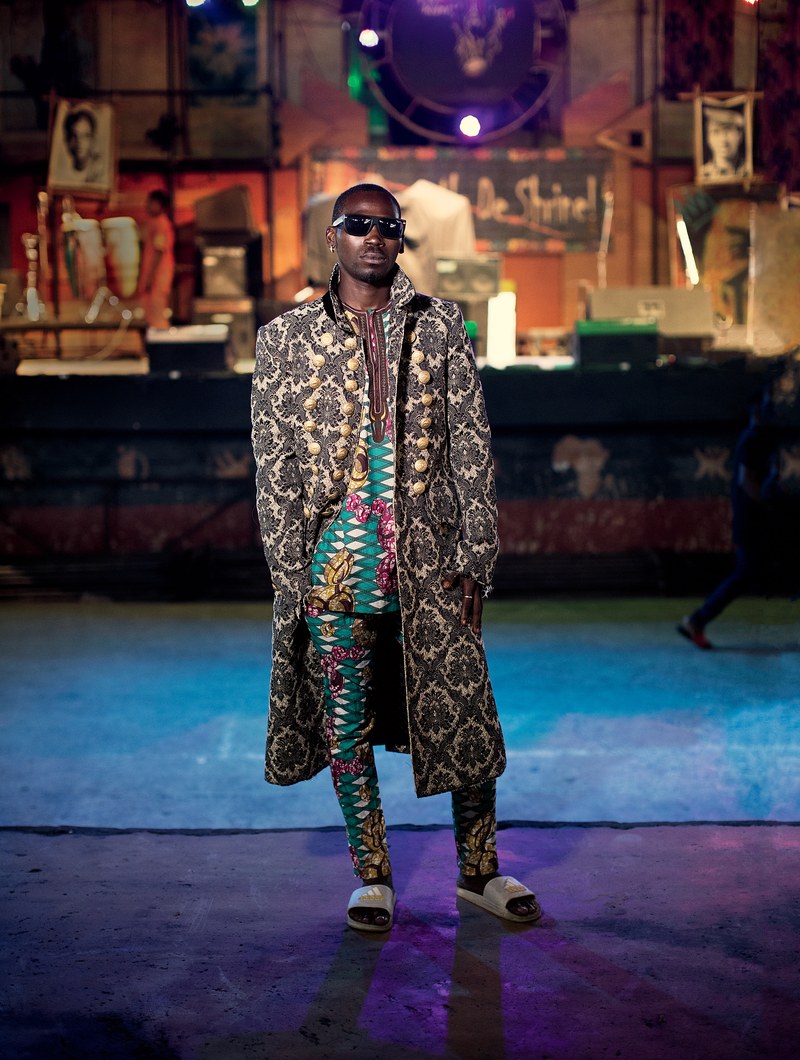
According to Mobolaji Dawodu, GQ Style fashion director:
The shrine is a refuge for the youth in Lagos—it’s a place where you can come and be free, maybe get a job, have a community—and these are some of the young cats we met there. We cast and dressed everybody on the spot with traditional Nigerian clothes and then these designer coats. I just looked for interesting characters. There was something about each of them that struck me; I think it comes across in the photos. It’s a vibe. You feel it. If someone has style, you don’t have to do too much. You put a tailored garment on them and they just own it.
The editorial modeled by Emeka Uchechukwu, Wasiu A, Olayinka Crow, Kenneth Osarenren, Adeyemo Akeem, Chinedu Nnaeloka and Wasiu Akeem between the ages of 23 and 27 sets an Afropolitan mood with hints of the Fela’s style but also as a campaign for high end foreign coats and jackets from Dior Homme, Issey Miyake Men, Berluti, Dolce & Gabbana and Caruso.
Read the full story on www.gq.com.
Photo Credit: Andrew Dosunmu
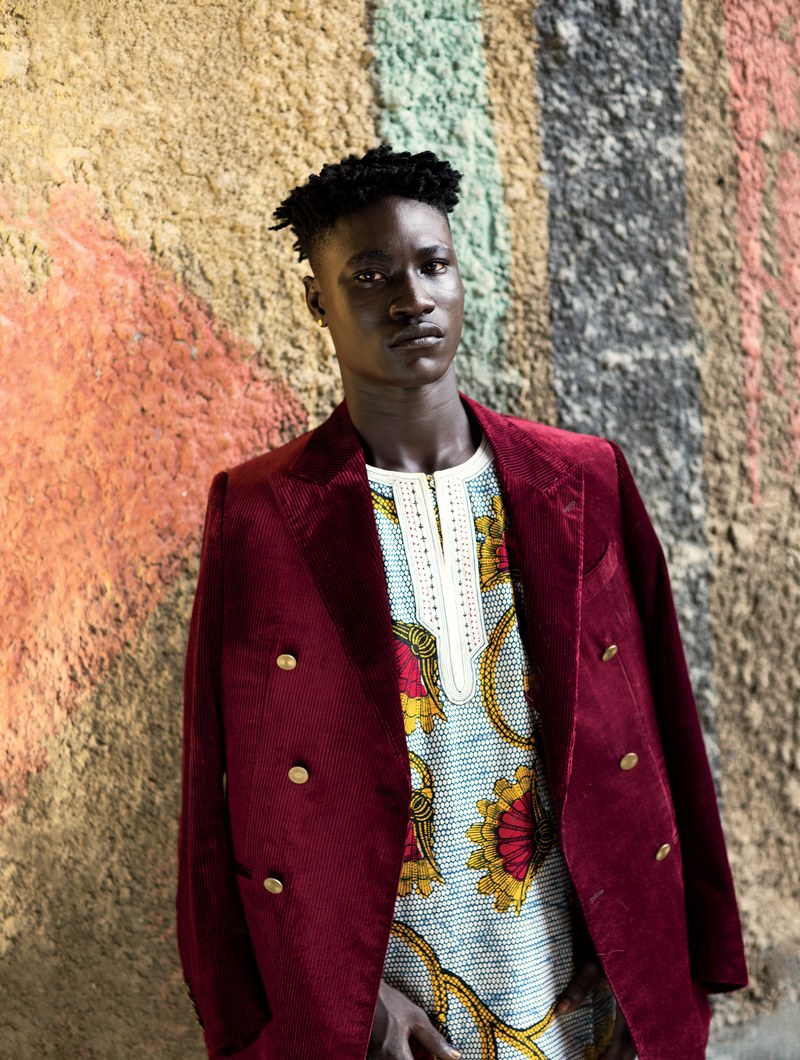
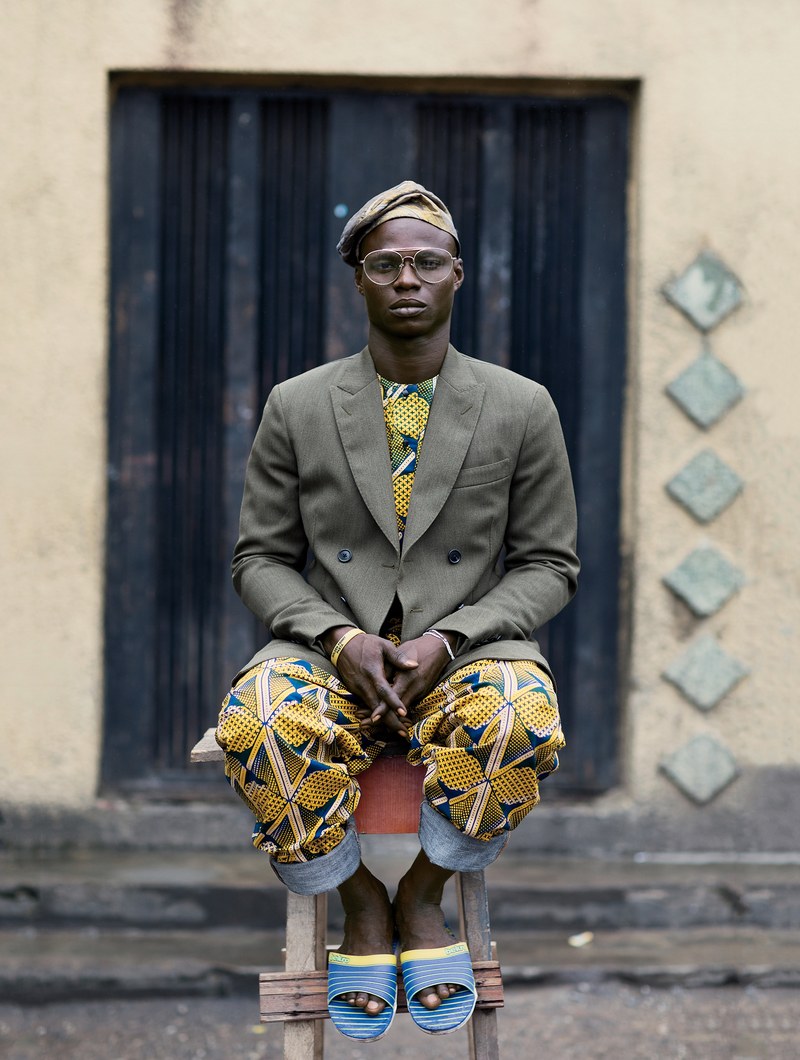
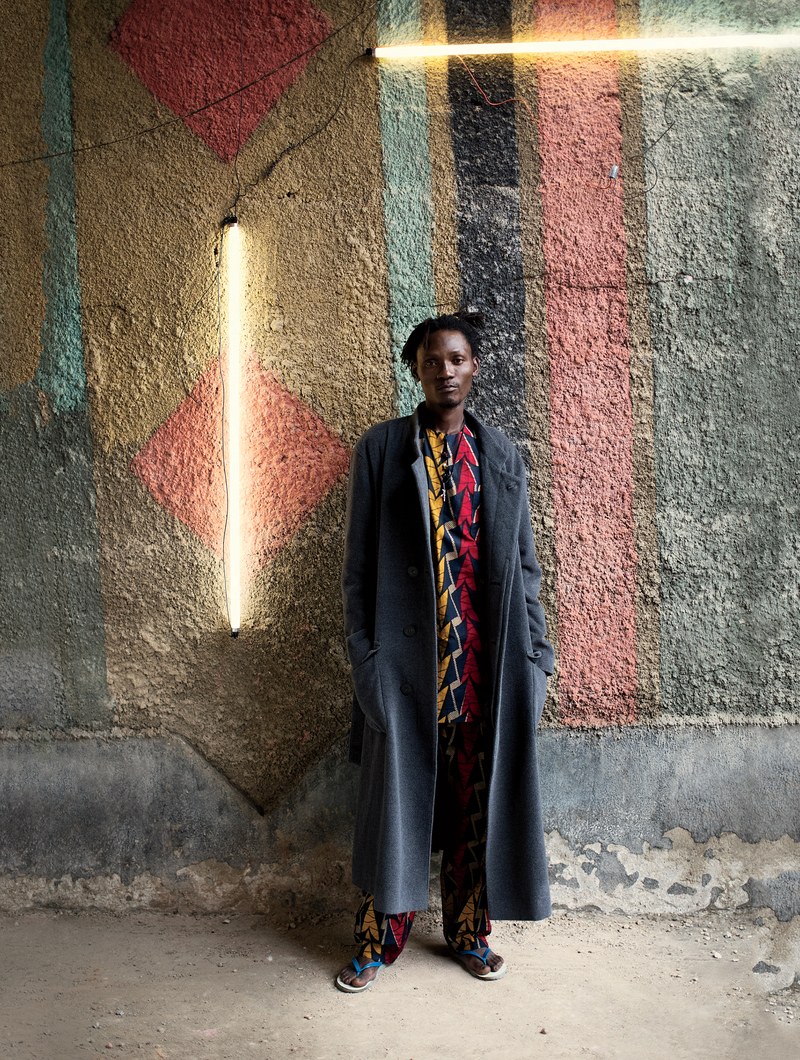
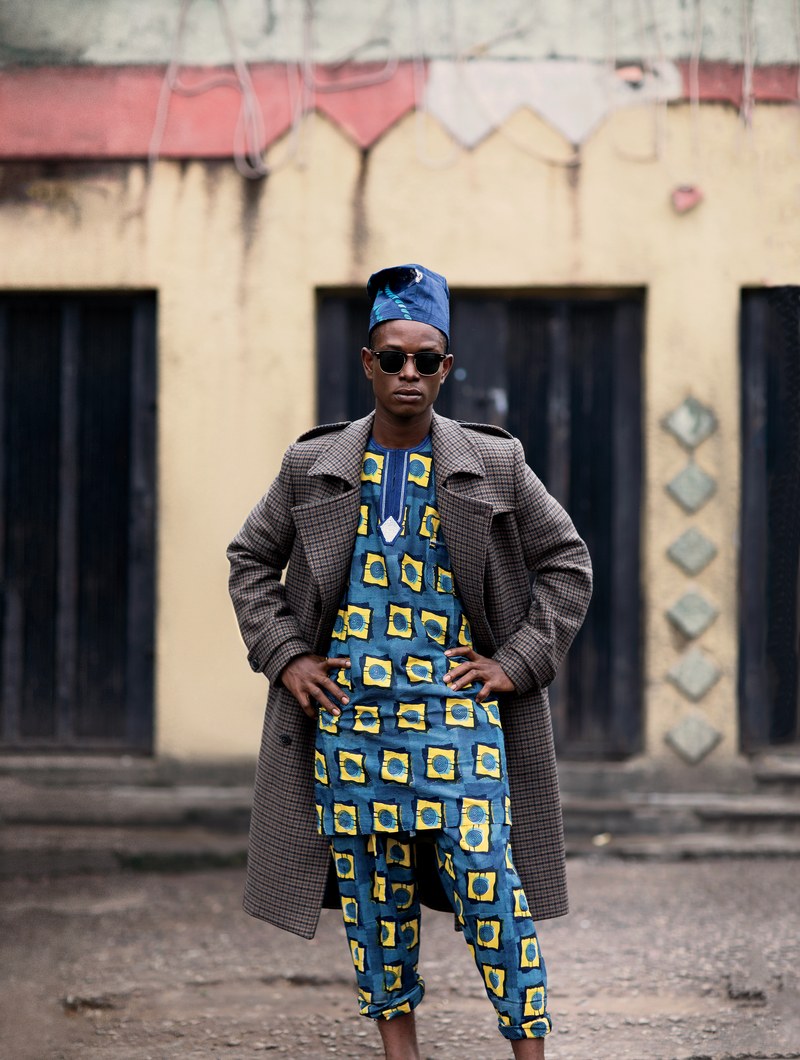
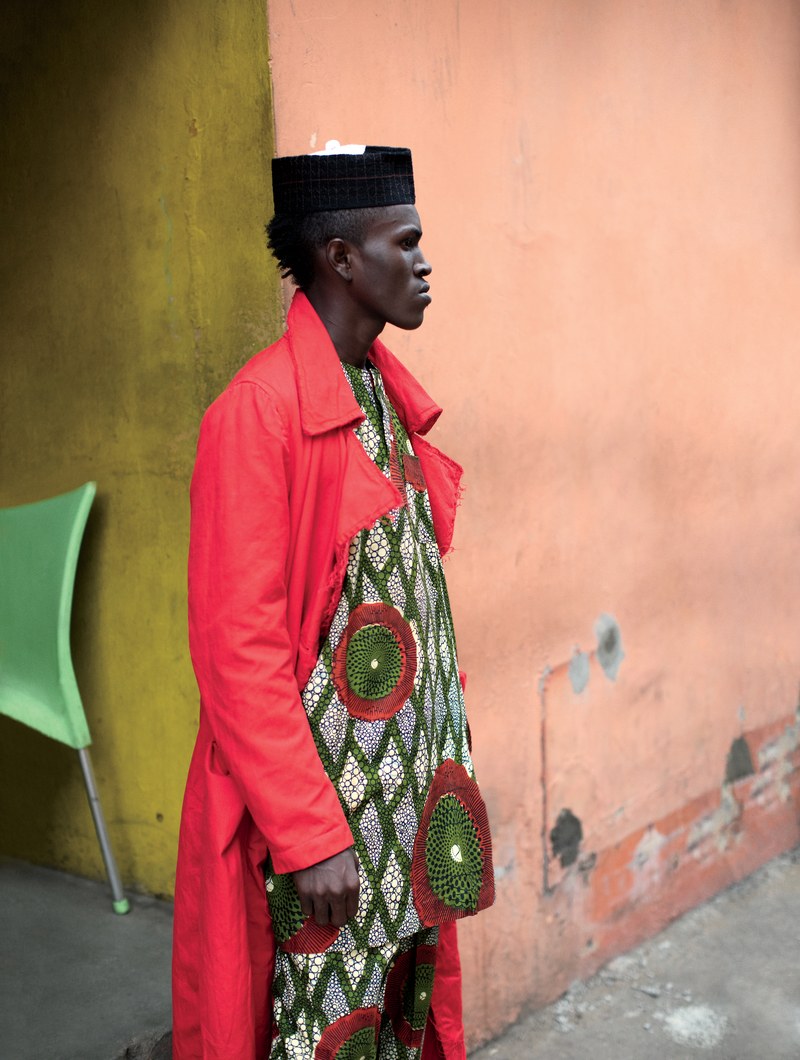
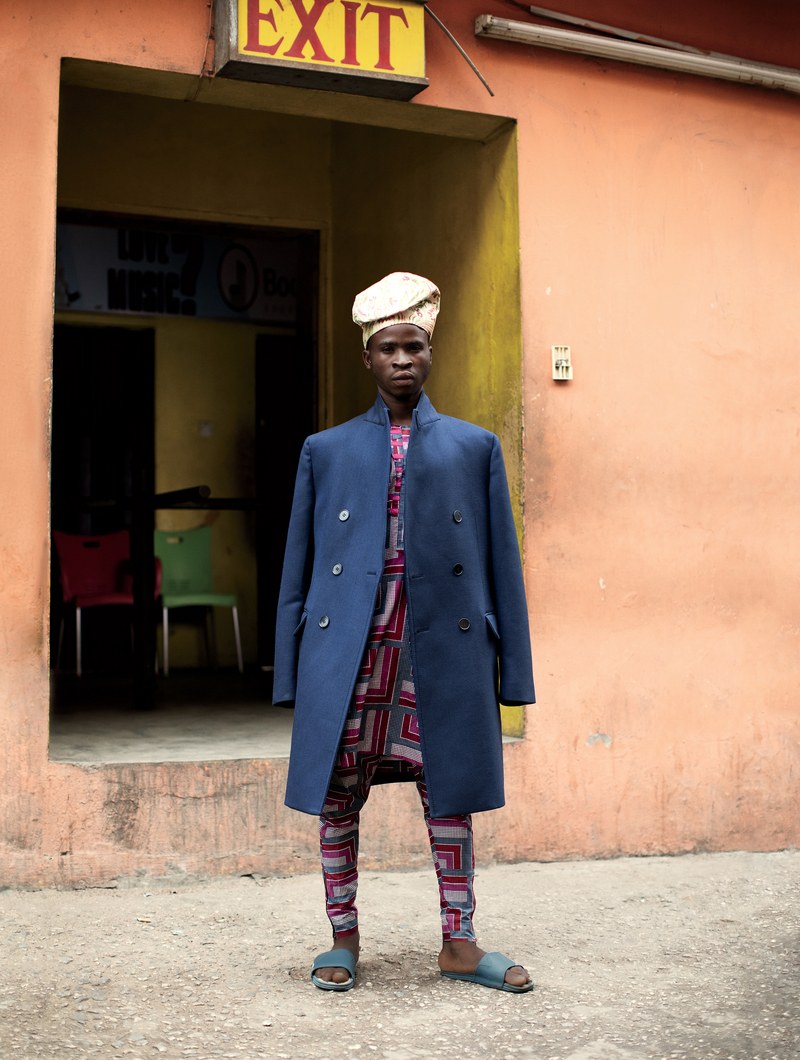

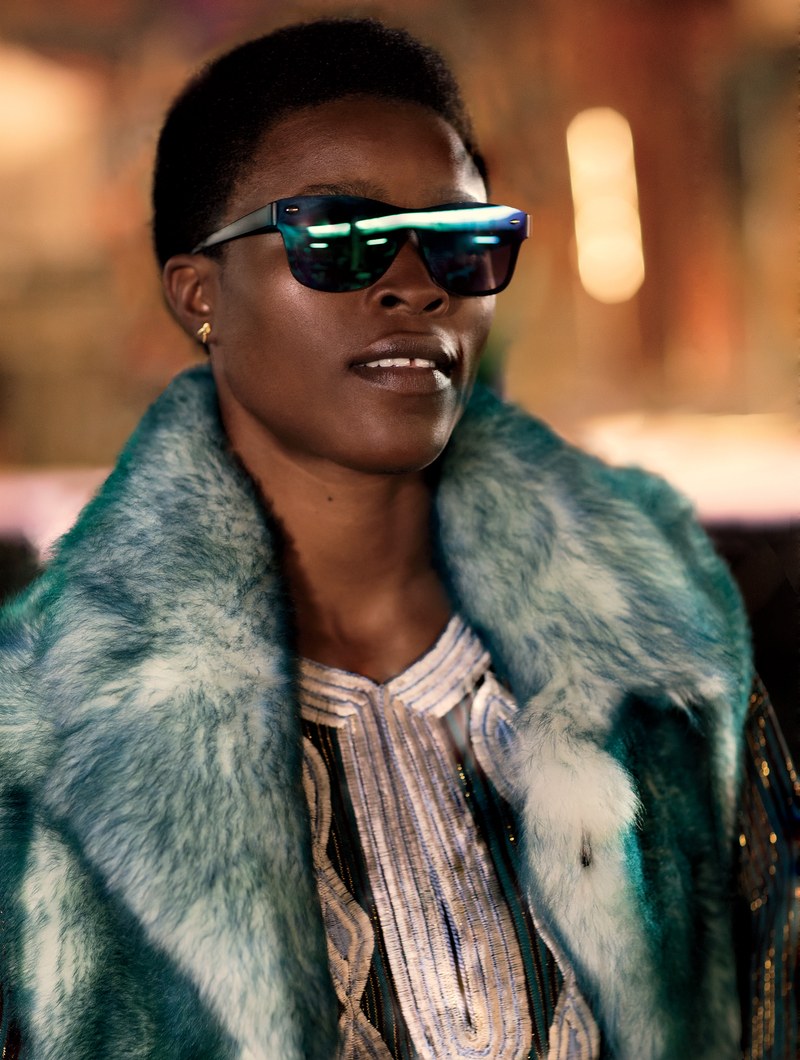


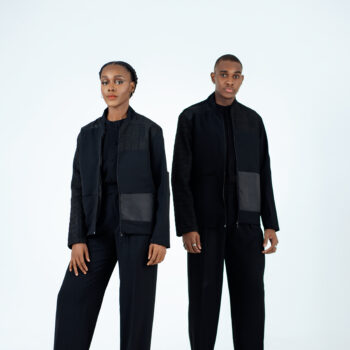
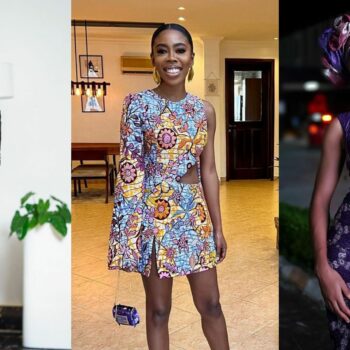

With no Nigerian brands in it? Exploitation